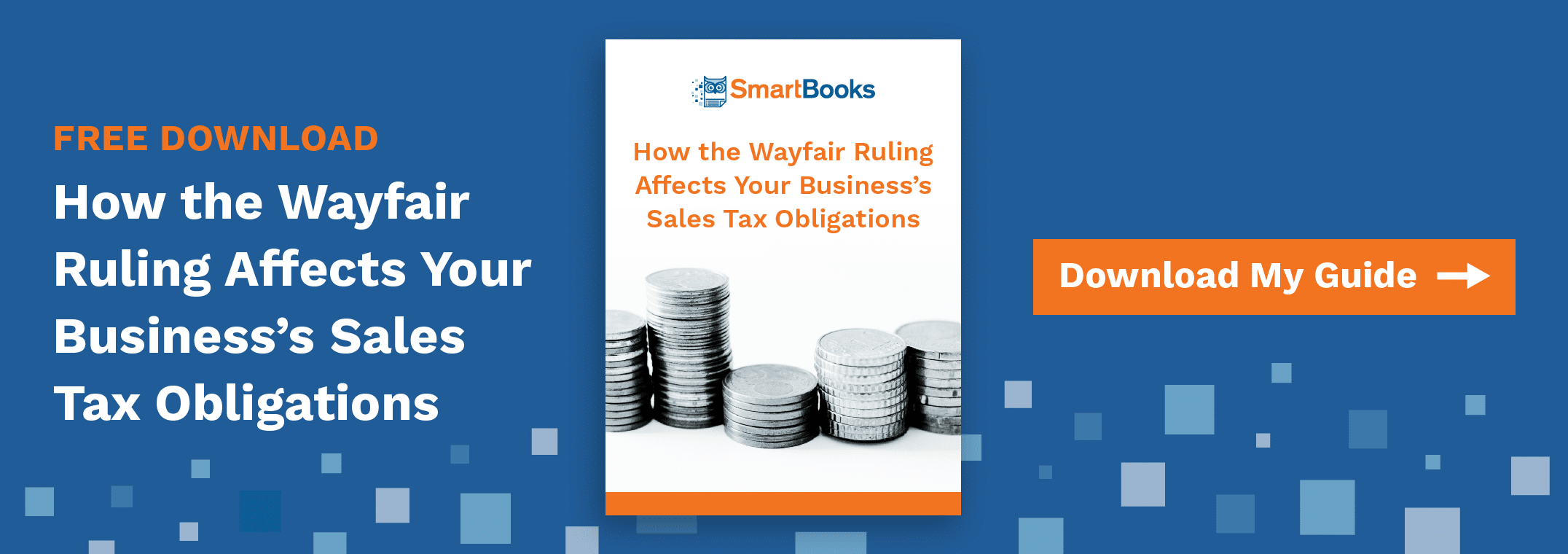As most of us know, the landmark case South Dakota v. Wayfair, Inc. (2018) built out the sales tax obligation rulings established by National Bellas Hess v. Illinois Department of Revenue (1967) and Quill Corp v. North Dakota (1992).
Under Hess (which took place in the pre-digital commerce era, mind you), resellers didn’t have to collect sales tax unless they had some type of physical contact with the state. Quill changed things a little further, letting states avoid levying sales taxes on online purchases unless the seller had some type of physical presence in the state, such as a warehouse or retail store.
In response, many states began enacting so-called “Amazon tax laws” to compel eCommerce retailers to collect state and local sales taxes; a legislative push-pull that would go on until 2018’s Wayfair ruling, when things took a much bigger turn.
Wayfair Enters the Picture
Under Wayfair, the Supreme Court brought power back to the states by allowing them to increase tax liability for online retailers selling in the region—even those without a physical presence in the state.
Instead, the liability (or “nexus”) is determined by sales value or quantity of transactions. In South Dakota’s case, the threshold was $100,000 of sales, or 200 transactions in a given year. And while these requirements will vary from state to state, the South Dakota standard is a good precedent to work from.
So, What’s the Problem?
In a post-Wayfair world, the physical lines for economic nexus are broken—and companies are responsible for keeping track of their liability across every state in which they sell.
This may not sound too troublesome for companies that sell within small geographic regions, but in the world of online retail, even smaller businesses may sell to customers in dozens of states. Even this increased burden wouldn’t be too problematic to figure out, if it weren’t for the increased risk of companies triggering economic nexus without realizing it. And in a post-Wayfair world, this is a very real concern.
The Dreaded Lookback Period
Of course, accidentally triggering economic nexus in a state isn’t a new problem, per se. A company storing goods in a warehouse across state lines, for example, may be subject to this liability, should the issue be discovered. But looking at how Wayfair changes things, there’s another factor to consider, and that’s the lookback period.
The lookback period refers to the period of time in which a state may assess prior tax exposure for a company and collect taxes owed. In other words, it’s a type of retroactive nexus that may compel a company to pay taxes they didn’t even know they had. California is one state enacting such periods, though others may follow suit in the coming years.
Reduce Your Tax Burden
This puts remote sellers in a tricky position. Businesses of all sizes may soon find themselves with more tax obligations than they ever anticipated. And while it’ll still be a few years before we see the long-term impacts of these changes, it’s clear that remote sellers will have plenty of work to do in keeping track of who owes what.
Tax laws are constantly changing all over the country, especially after the Wayfair decision. It’s imperative that all internet-based retail businesses keep up with changing legislation in all states that they do business to ensure that they’re in full compliance with regulations.
Learn more about tax changes in a post-Wayfair world by downloading our free guide.

